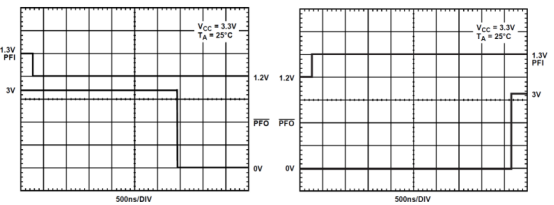文章转自ADI官网,版权归属原作者一切
问题:
Last month you said that some absolute maximum ratings depended on the value on some other pin of an integrated circuit (IC). How do I ensure that they are not exceeded during power-up?

答案:
As Viktor Frankenstein discovered, applying power carelessly can have unexpected consequences. Power sequencing is less of a problem with most modern analog ICs than with older ones, as many run on single supplies and others are undamaged by any power sequence. But there are still devices which are damaged by having multiple power supplies turn on in the wrong order – and it is very common for multiple device systems to be vulnerable to this.
Wherever a system has more than one power supply it is important to analyse the worst case effects, on any part of the system, of all possible orders of power supply turn-on. If any can possibly do damage, the power supplies must be designed to ensure that the system powers up, and powers down, safely.
There are several ways to ensure that power supplies turn on in the correct order. The simplest is to interconnect them with diodes so that they all rise together until the lowest voltage is correct, then the remainder rise together until the next reaches its correct level, and so on until all are on. This is simple and also ensures that they turn off in the correct order, but will only work if all supplies are the same polarity and the sequence requires them to sequence in ascending order of supply voltage (which is very commonly the case).
Programming turn-on delays by means of graded sizes of filter capacitor is also simple, but there may be timing problems when the system is turned off, and also when there is a supply glitch.
The best solution is to use timers to ensure that different supplies in a system turn on in the correct order with suitable delays between them. In the past this has been done with the ubiquitous 555 timer, but today there are a number of purpose-built devices for supply sequencing. Some contain many (up to 12) sequencers on one chip and can monitor all 12 supplies to verify that they are within the correct limits. Others are very simple and are cascaded, one per supply, to control as many supplies as are required.
Even with supply sequencing it is wise to use schottky diode clamps to ensure that supplies can never reverse polarity because of currents flowing through ICs and back into a different power rail.









